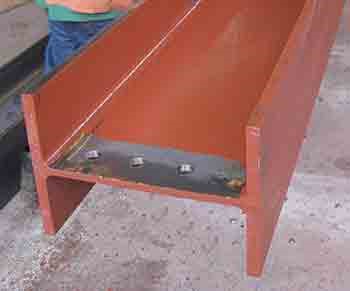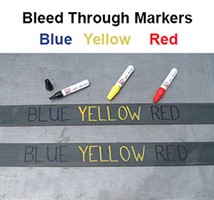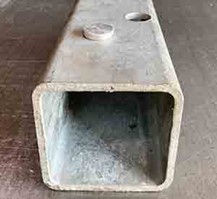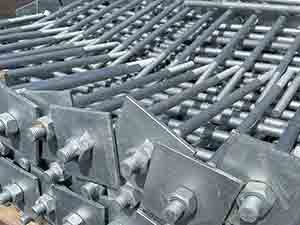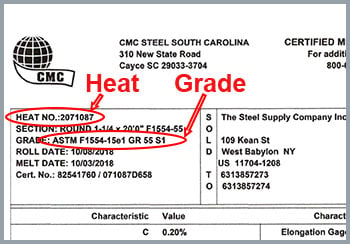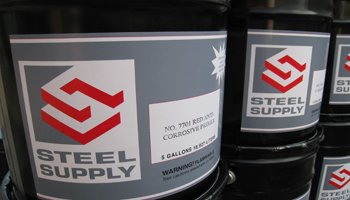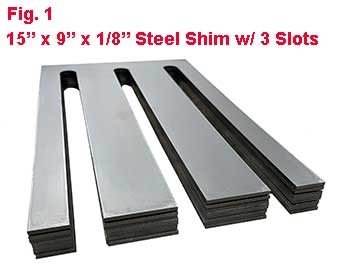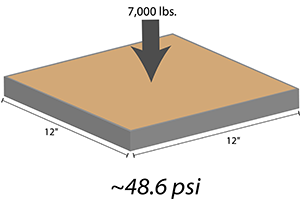VOC Trends Continue to move levels lower
Steel Manufacturing Blog: Keeping it Steel
Still one of the most useful tools in the box, the BLEED THROUGH BLUE marker helps fabricators mark steel once and have the marks remain visible throughout the fabricating and erecting process. After primer coats are applied the marks bleed through and remain clearly visible.
Tags: Markers
Hot Dip Galvanizing and Cold Galvanizing each have advantages.
Tags: Hot Dip Galvanizing
There are many specifications written covering Anchor Bolts but the predominant one we see called out on drawings is ASTM F1554. The most current version is ASTM F1554-20. It covers exclusively the requirements for manufacturing Cast In Place Anchor Bolts.
Tags: Anchor Bolts
In the 3 years since the Coronavirus began the construction industry has seen its costs increase and supply chains disrupted more significantly than many of us have ever seen before.
Extended Length Slotted Shim Manufacturing
Variables such as heat, deflection and dross will affect how slotted steel shims are produced to get the most accurate, cost efficient and serviceable results.
Tags: Shims, STEEL SUPPLY, Slotted Steel Shims
Clevis and Turnbuckle Assemblies
Clevis and Turnbuckle Assemblies are produced at The Steel Supply Company as part of our Round Bar Threading and Anchor Bolt manufacturing process.
Tags: Clevis Rods, Turnbuckle Rods
The Steel Supply Company Steel Wedges: Stock Sizes & Made to Order
Steel Wedges
Like many product lines across all industries, shortages of components, skilled labor and transportation difficulties are making it harder to deliver on time and stay within budget. Steel Wedges are no exception.
Tags: Steel Wedges
Fluorogold® Slide Bearings: Design Tips for Effective & Prolonged Use
The Steel Supply company carries many options when it comes to slide bearings, including: Fluorogold®, Teflon® (PTFE, or polytetrafluoroethylene), Carbon Filled PTFE, and Graphite.





